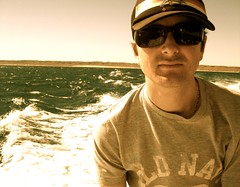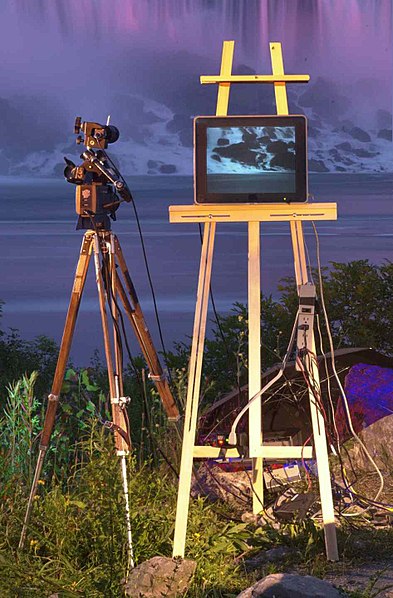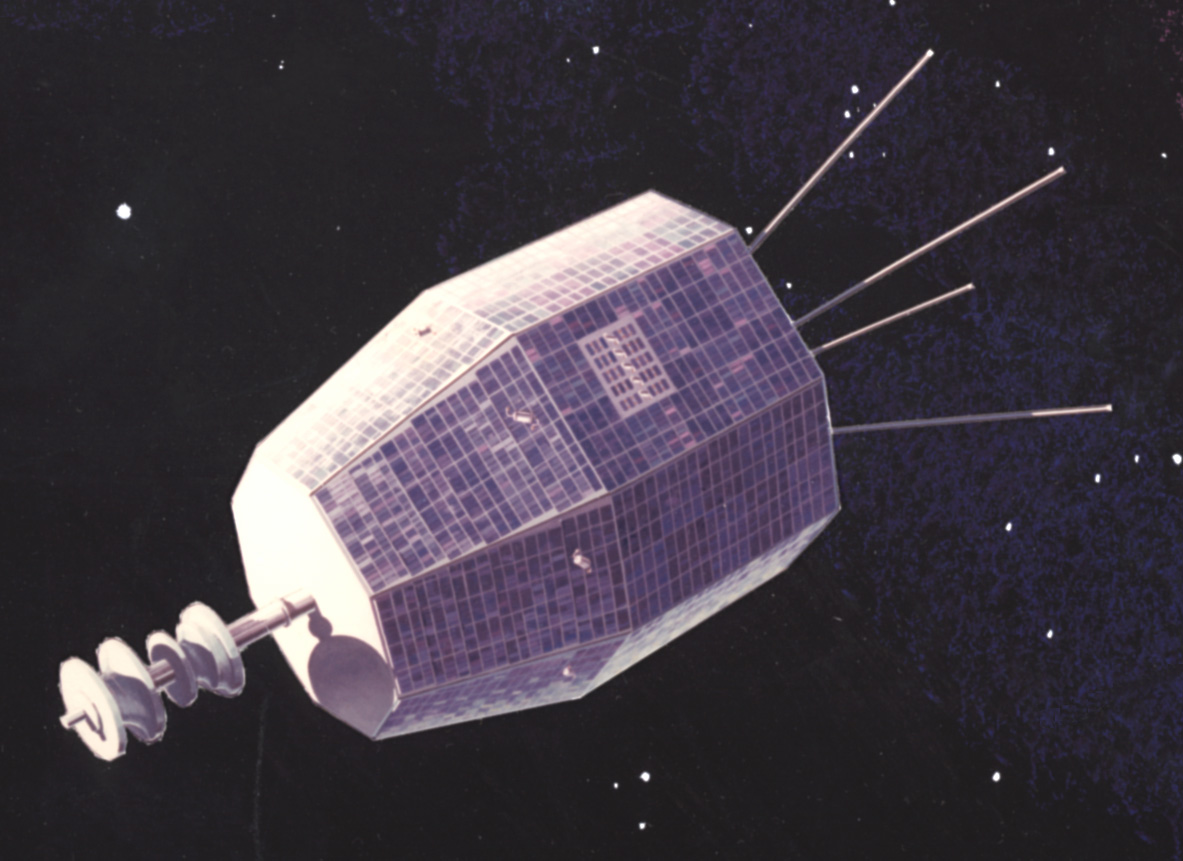
The global credit crunch has just been a lot of talk in more recent history, but come mid-September reality hit when Lehman Brothers went under and Merrill Lynch got scooped up by Bank of America. And now in late-September Wachovia just got bought by Citigroup and across the pond Lloyds has bought HBOS.
Much has been made about the retrenchments, redundancies and other people left without a chair now that the juke-box has run out of pennies. The Economist recently ran an article on how the social networking sites are getting a thrashing by the bankers the world over, so I thought I'd drop in on the networks and take a peek at what's happening.
Let's take Lehman Brothers as an example. "The Brothers" have quite a few groups on Facebook ranging from unofficial alumni groups to recent analyst meeting groups and also official groups like Lehman Brothers (UK).
Up until recently the groups were mostly posting away with the usual stuff about how "this is me" or "I'm moving to a new city" or "how great being an intern is". But things went sour slowly at first, then damn quickly.
On 14 June Jaspreet posted on the Lehman Brothers (UK) group "Don't worry!" with a link to an ominous Bloomberg article. Then as September 15 came around everything changed. The regular posts about catching up for drinks or looking for share accommodation stopped and in fact nearly all conversation by actual group members halted.
Instead we see posts by recruiters, plying their wares, letting groups member know "I may be able to help" (Richard on Lehman Brothers UK). Or reporters such as Verity from BBC's Panorama, trying to find employees to fill out their stories on how this could possibly have happened or get juicey news about employees now "struggling to get a mortgage?" or "worried about how much [pension] you will get?".
There has been some attempts to make sense of the whole crash through social networks, but you could not conclude that social networks are alive and well in bank land. Phillip has set up a Lehman Brothers Support and Help Group Facebook page, but with 70 members it hasn't been flooded with staff and the only posts, again, seem to be from recruiters and reporters.
Conclusions? When the bear market hits and the writing is on the (Facebook) wall, it looks like bankers are pretty much left to their own devices. While it is impossible to link a self-made banking crisis to the hurricane crises that hit the USA earlier this year, it is interesting to note the amount cohesion and networking that was formed with hurricane wikis, networks, twitters and blogs, while now in the banking crisis all that can been seen are the recruiters flying about looking for a feed and reporters looking for an answer as to how they didn't see this one coming.
(image caption: Feeding the bear market)







